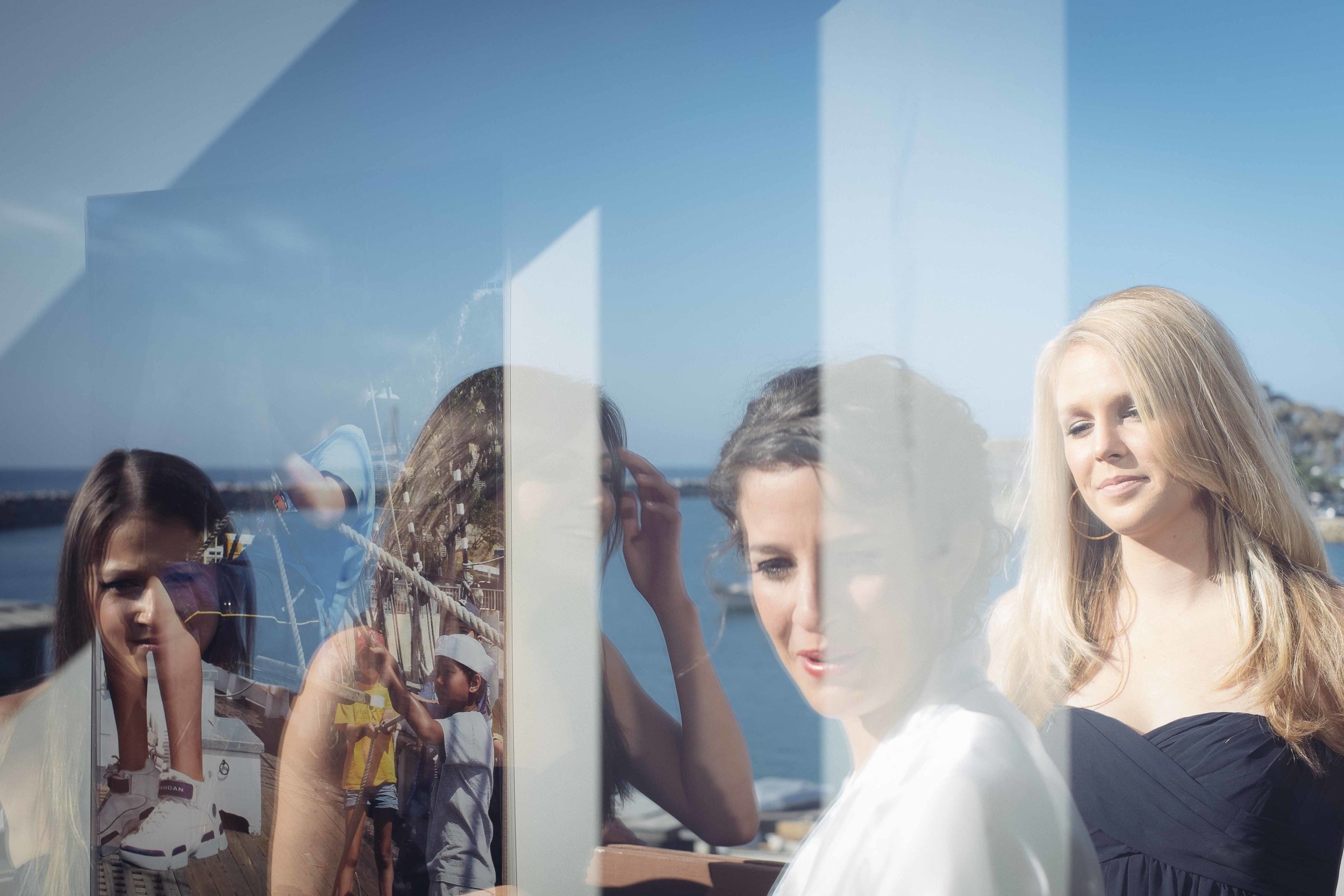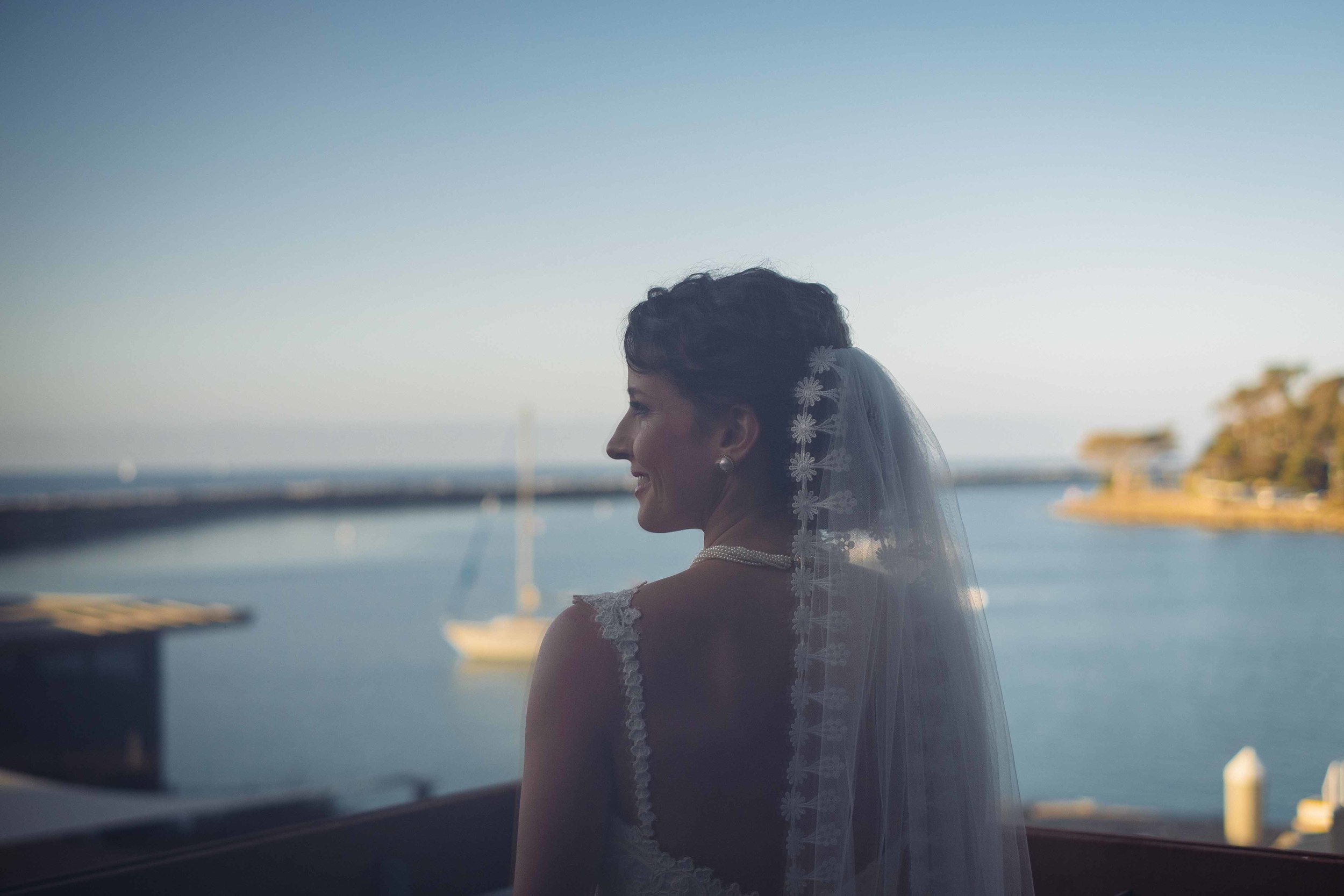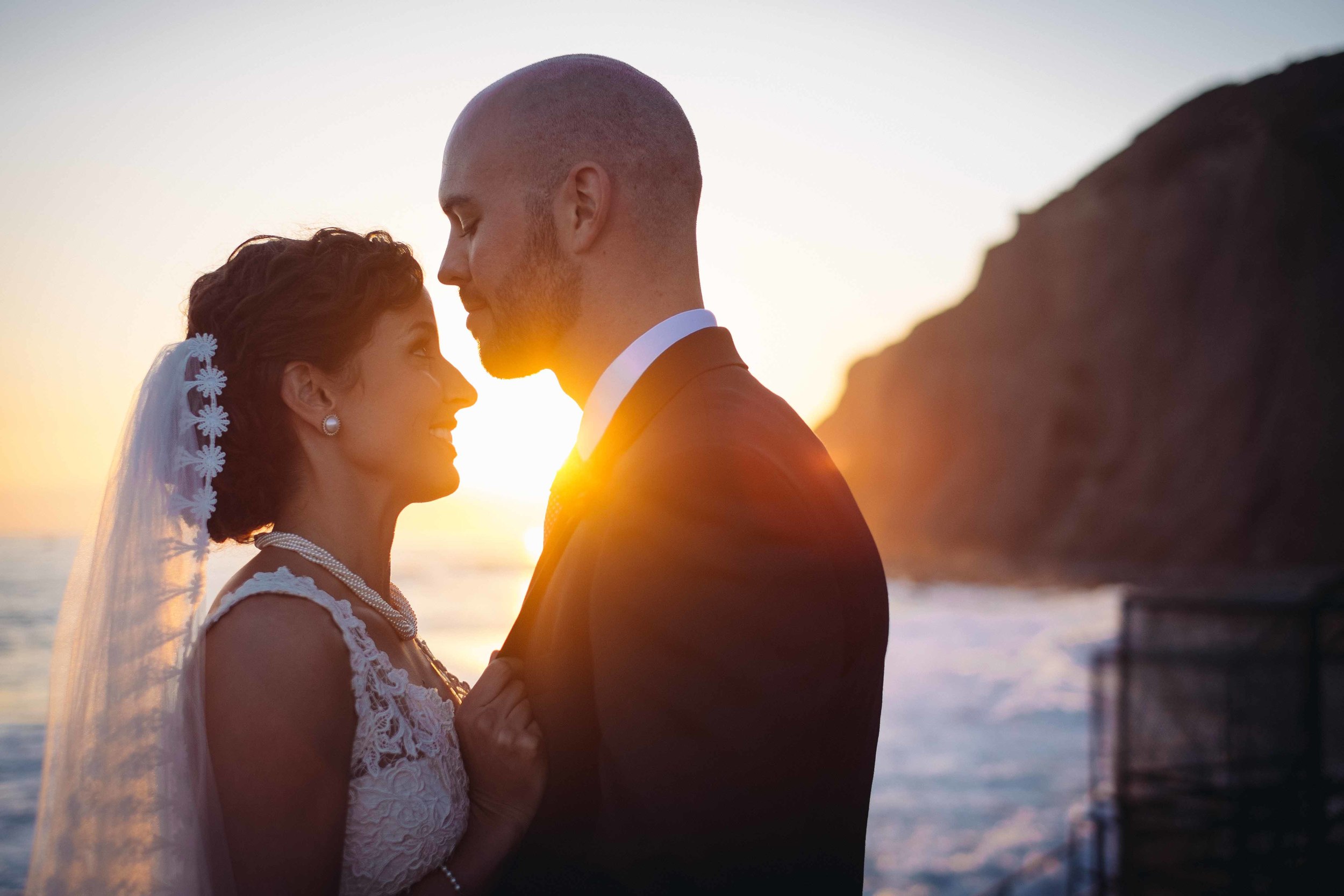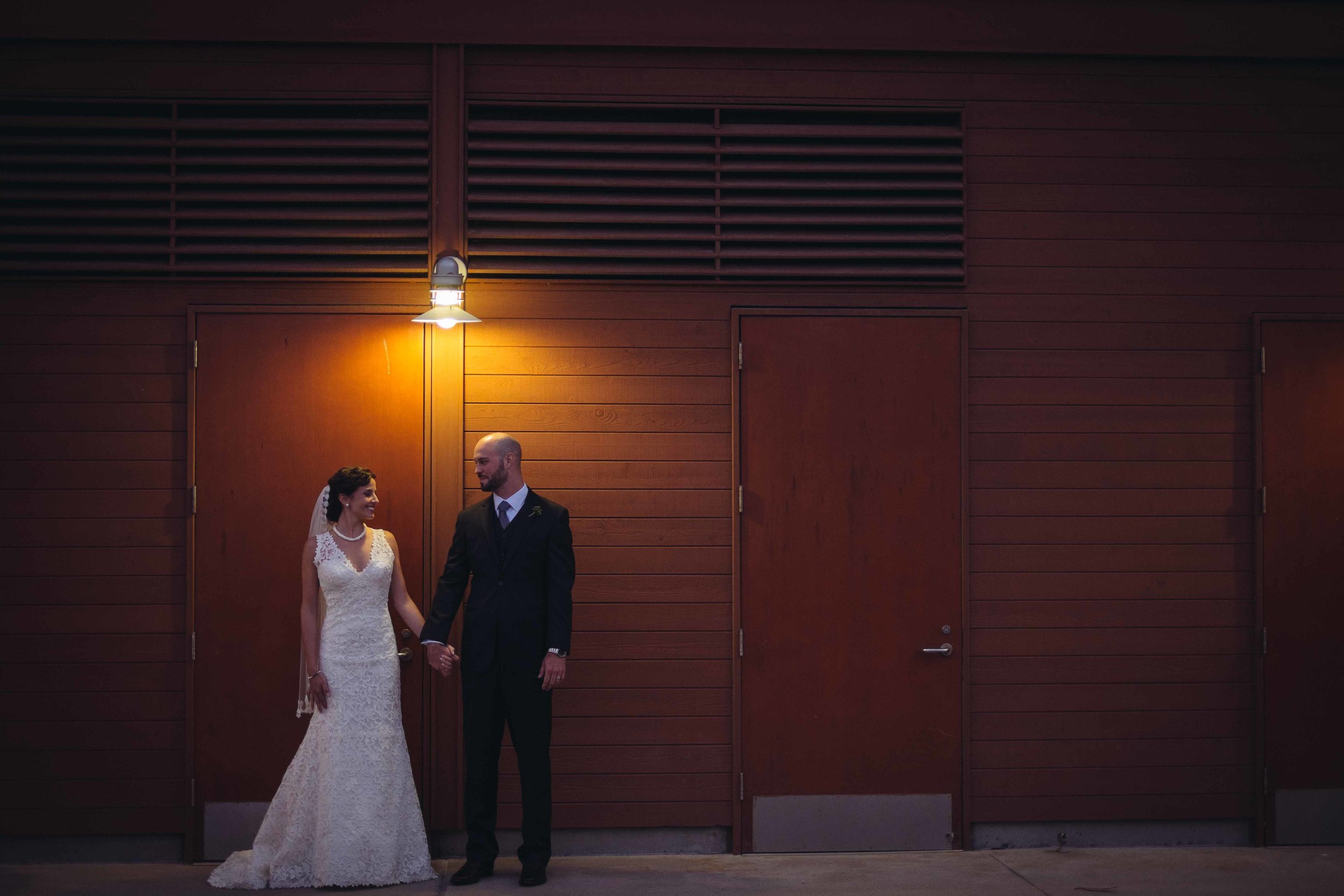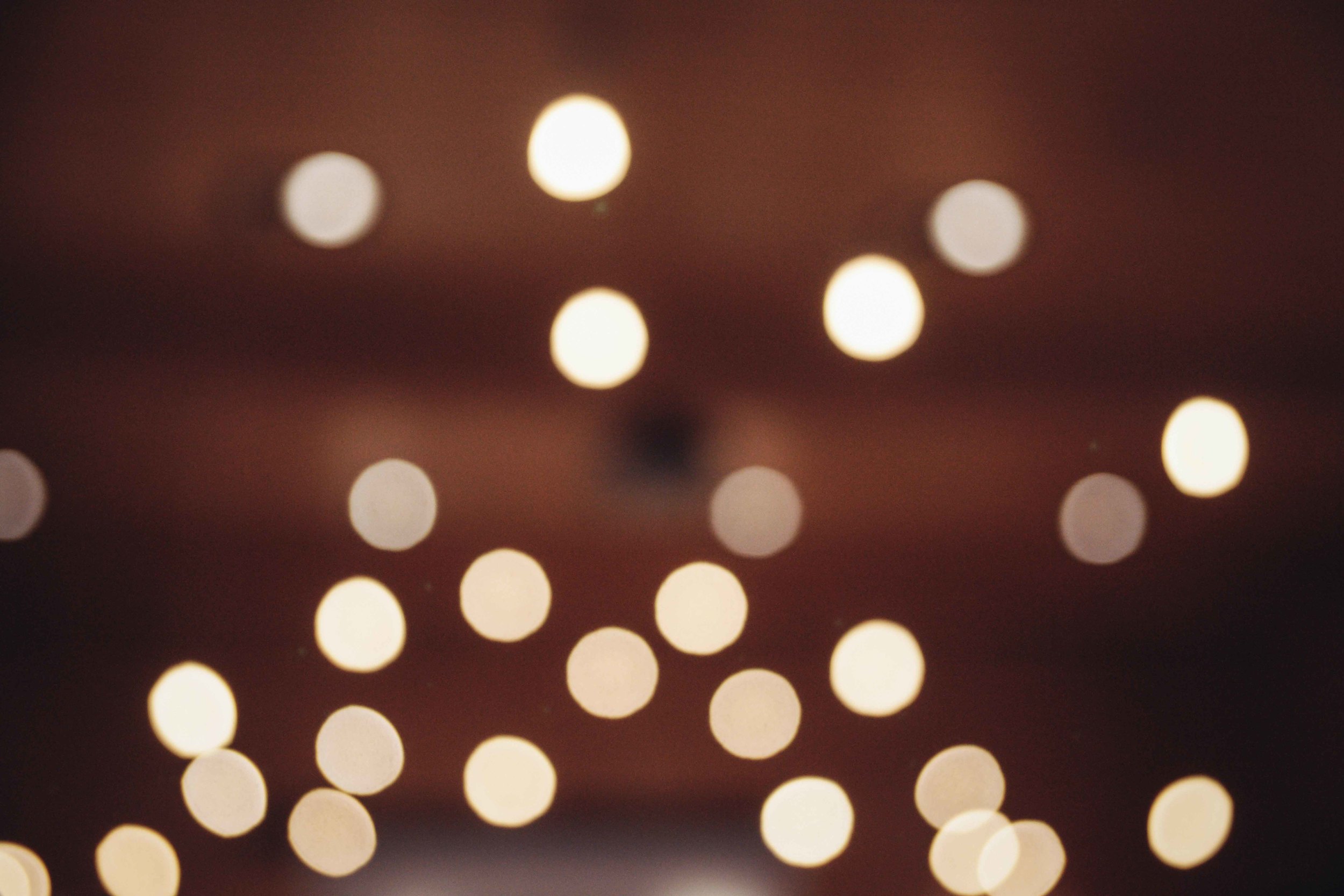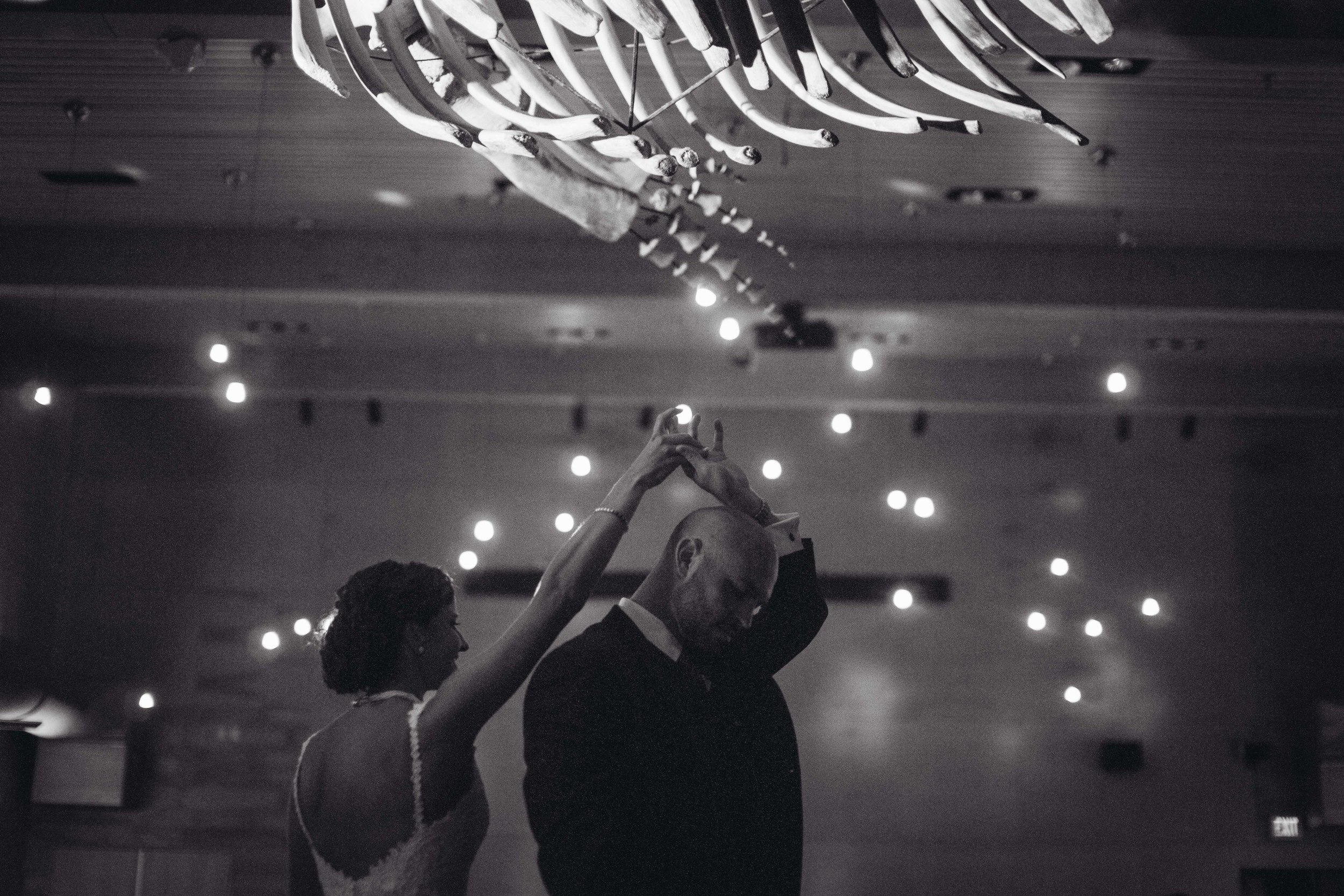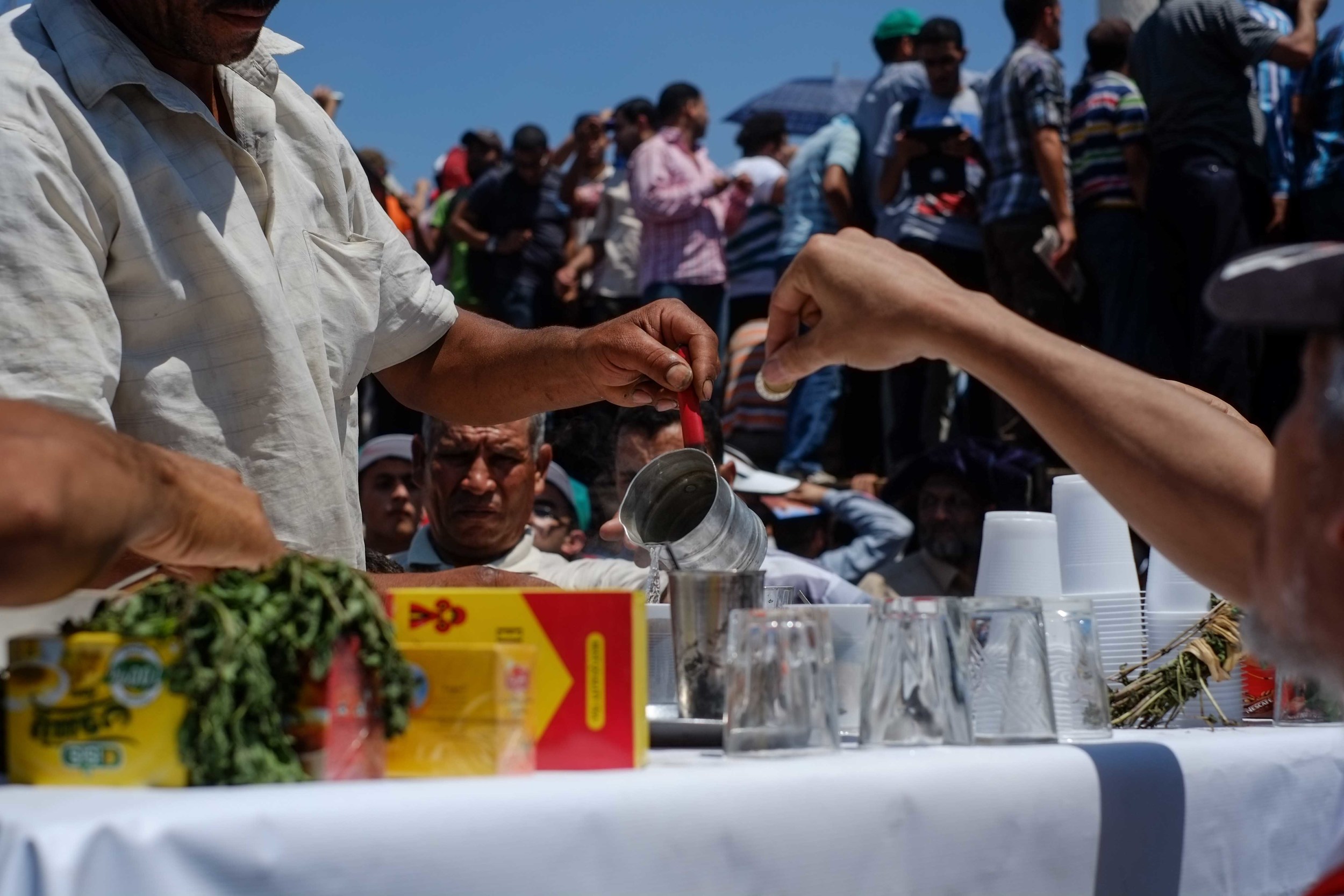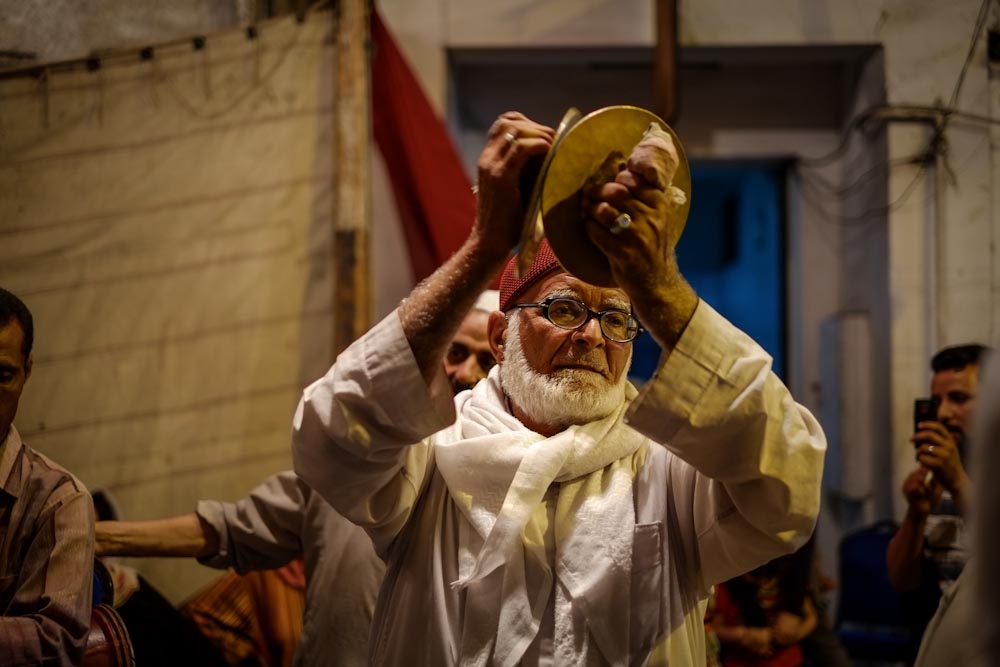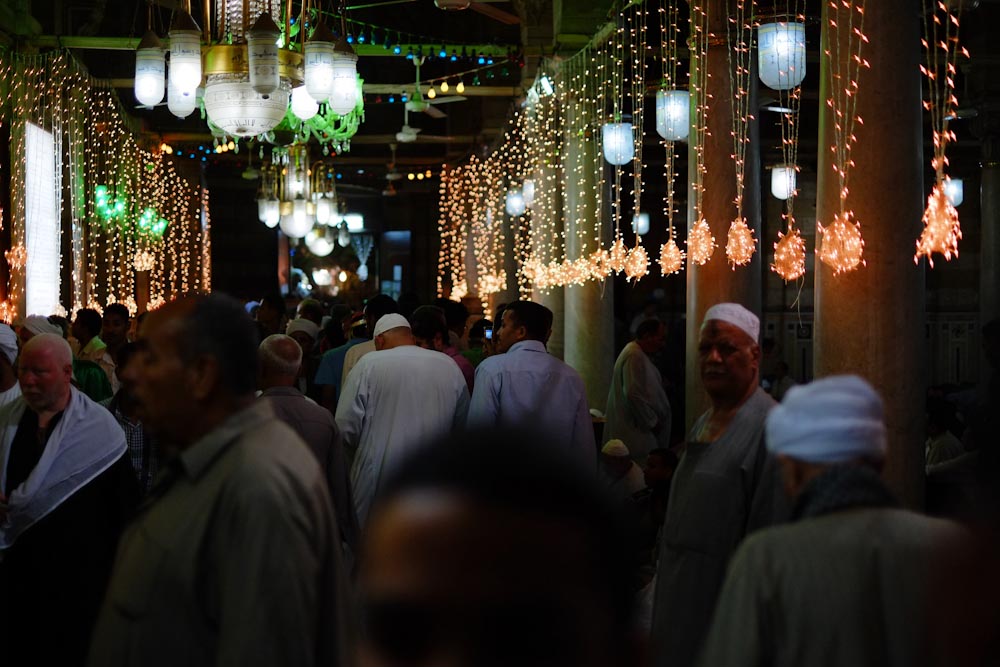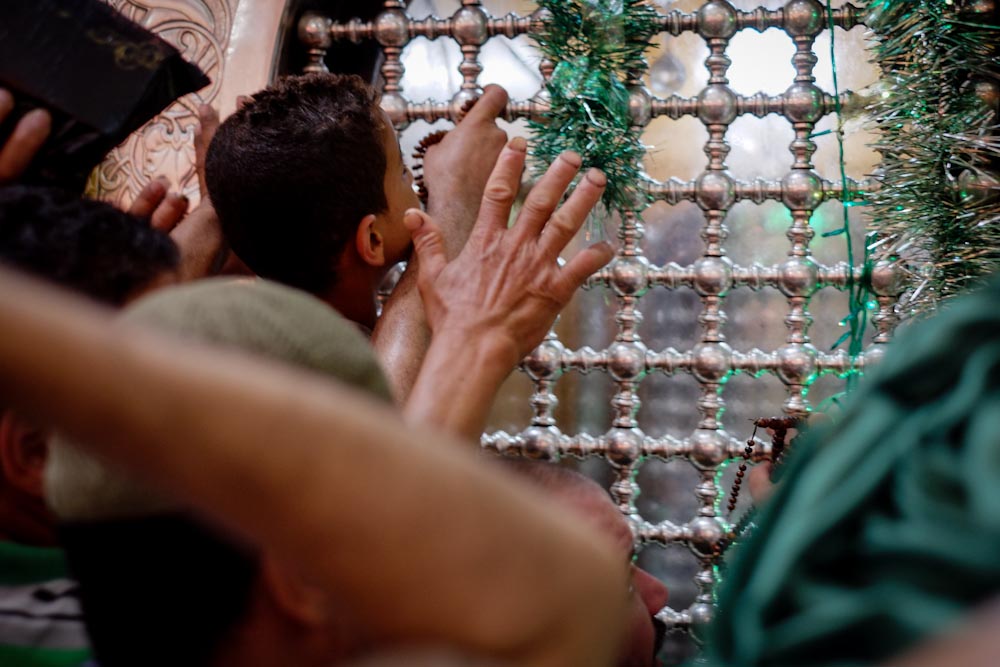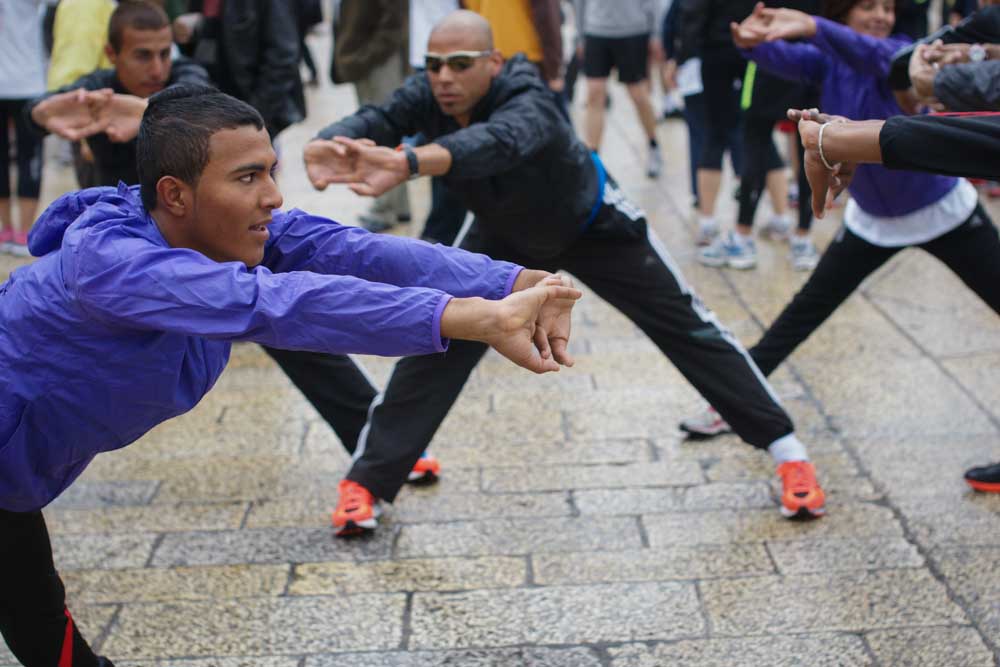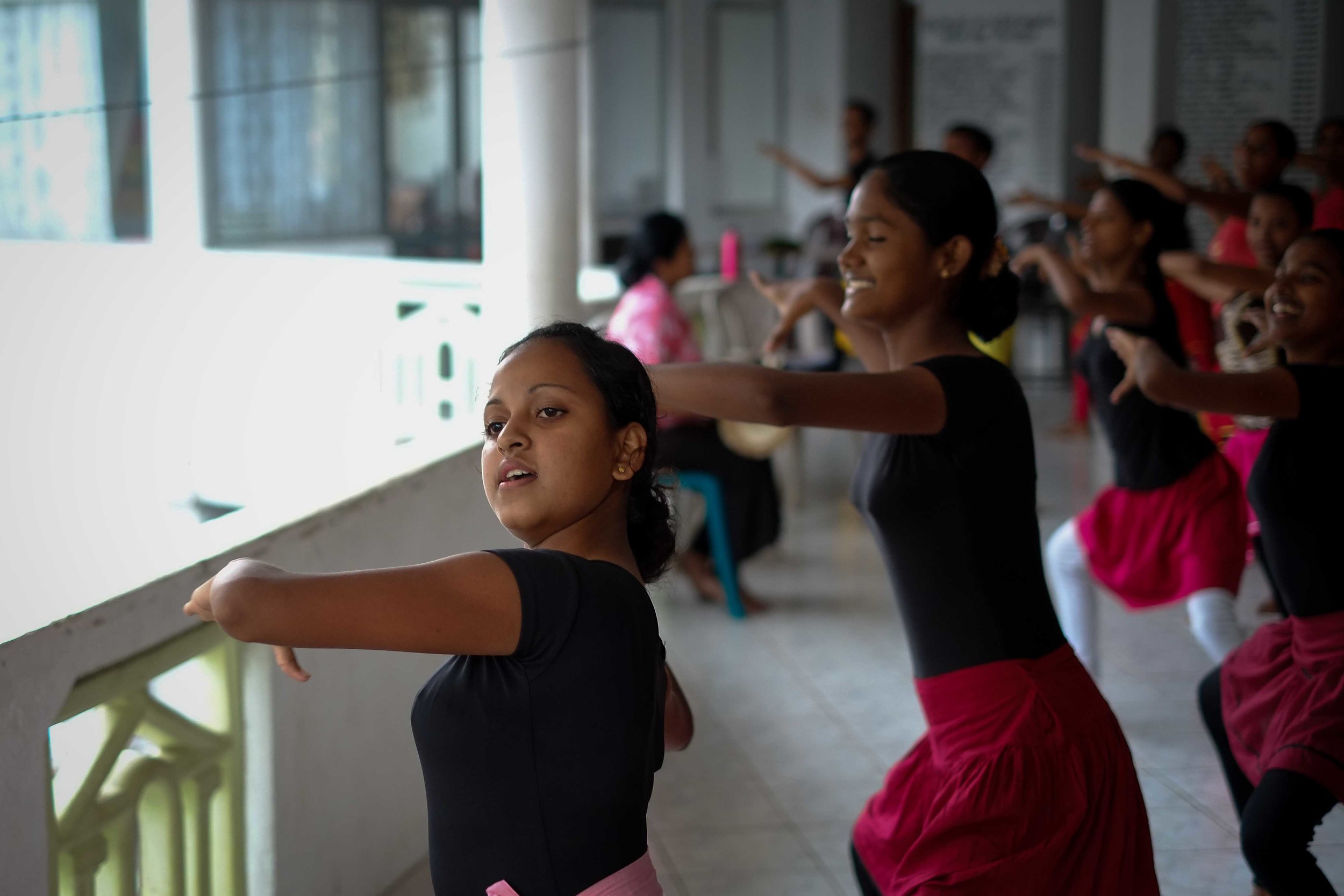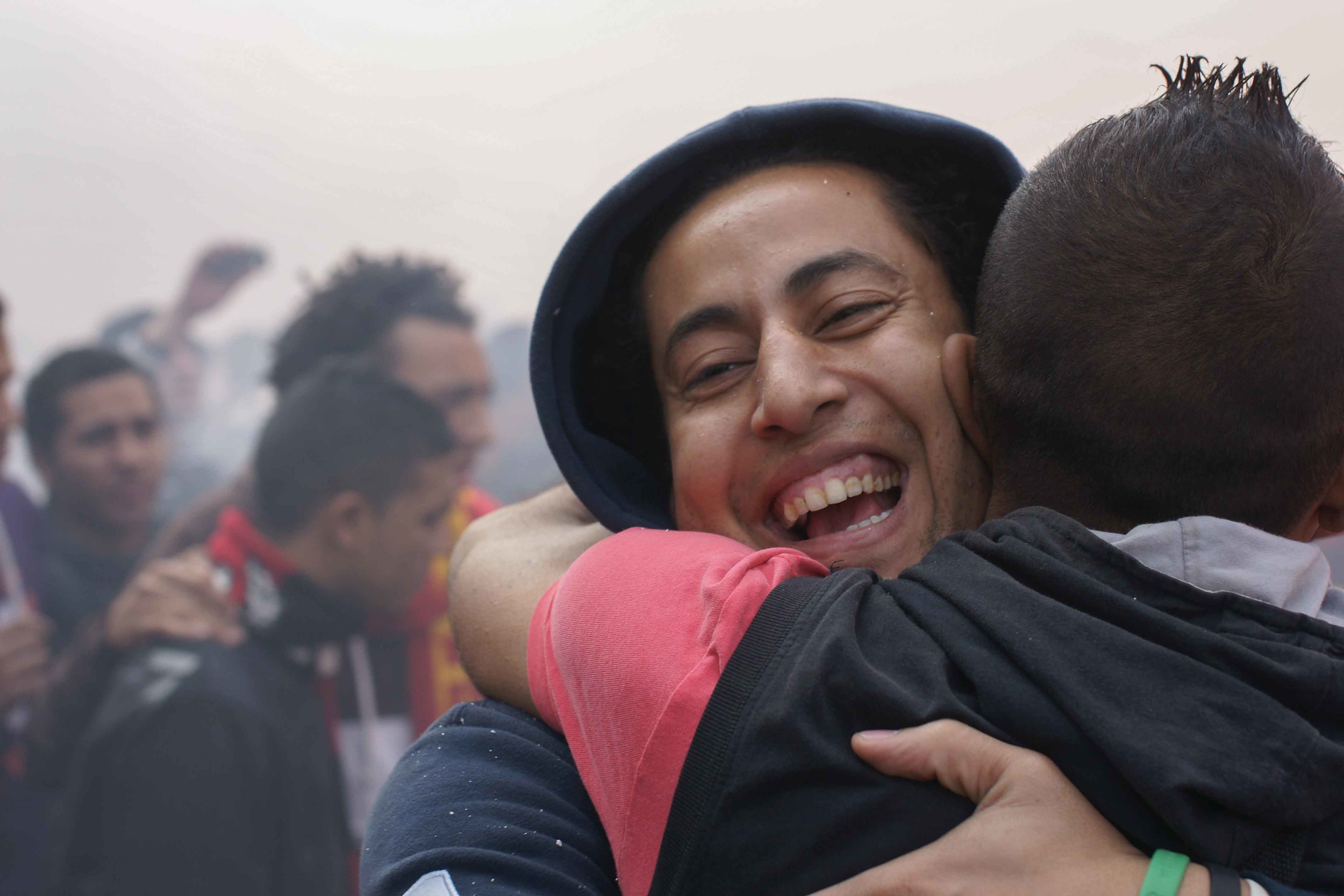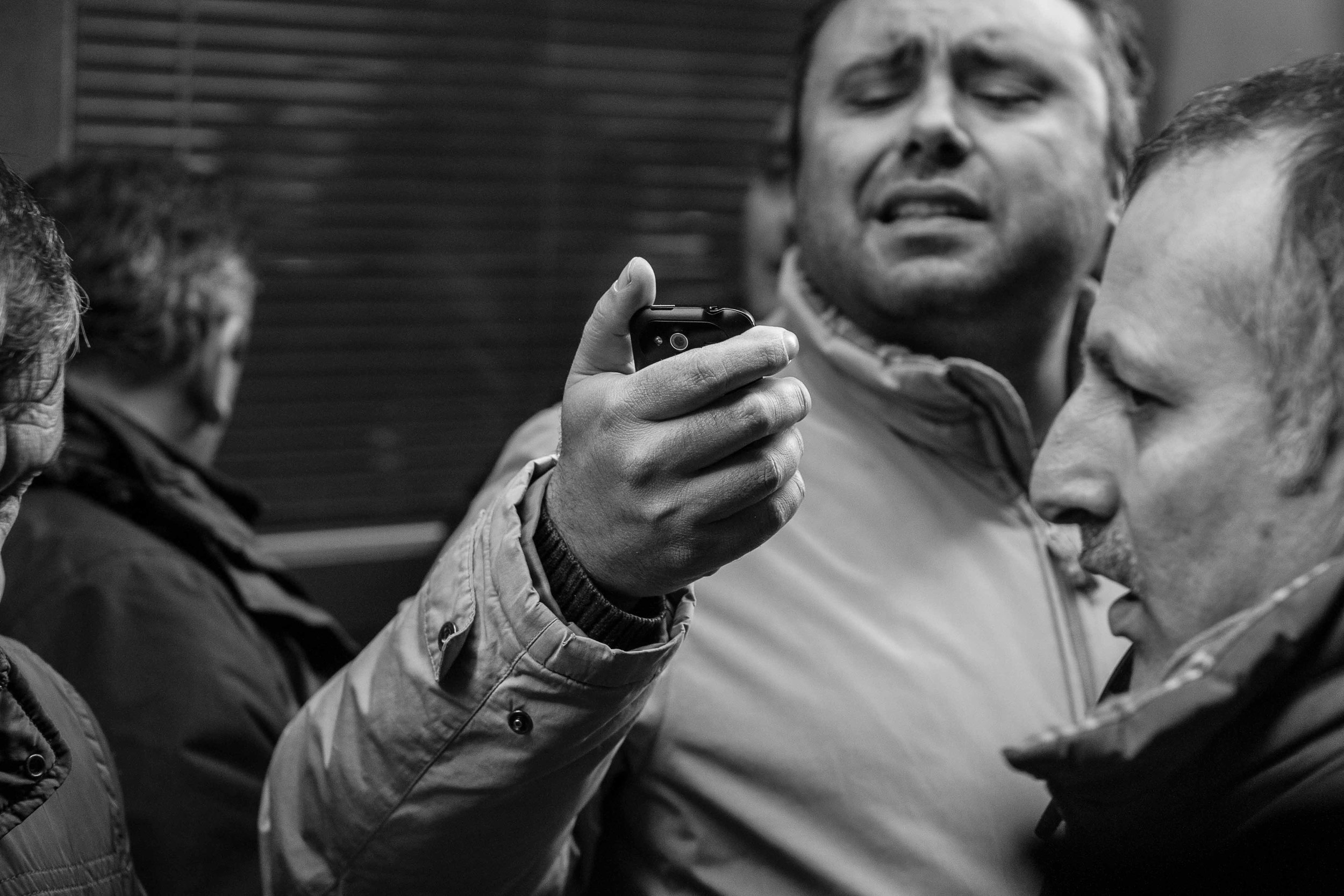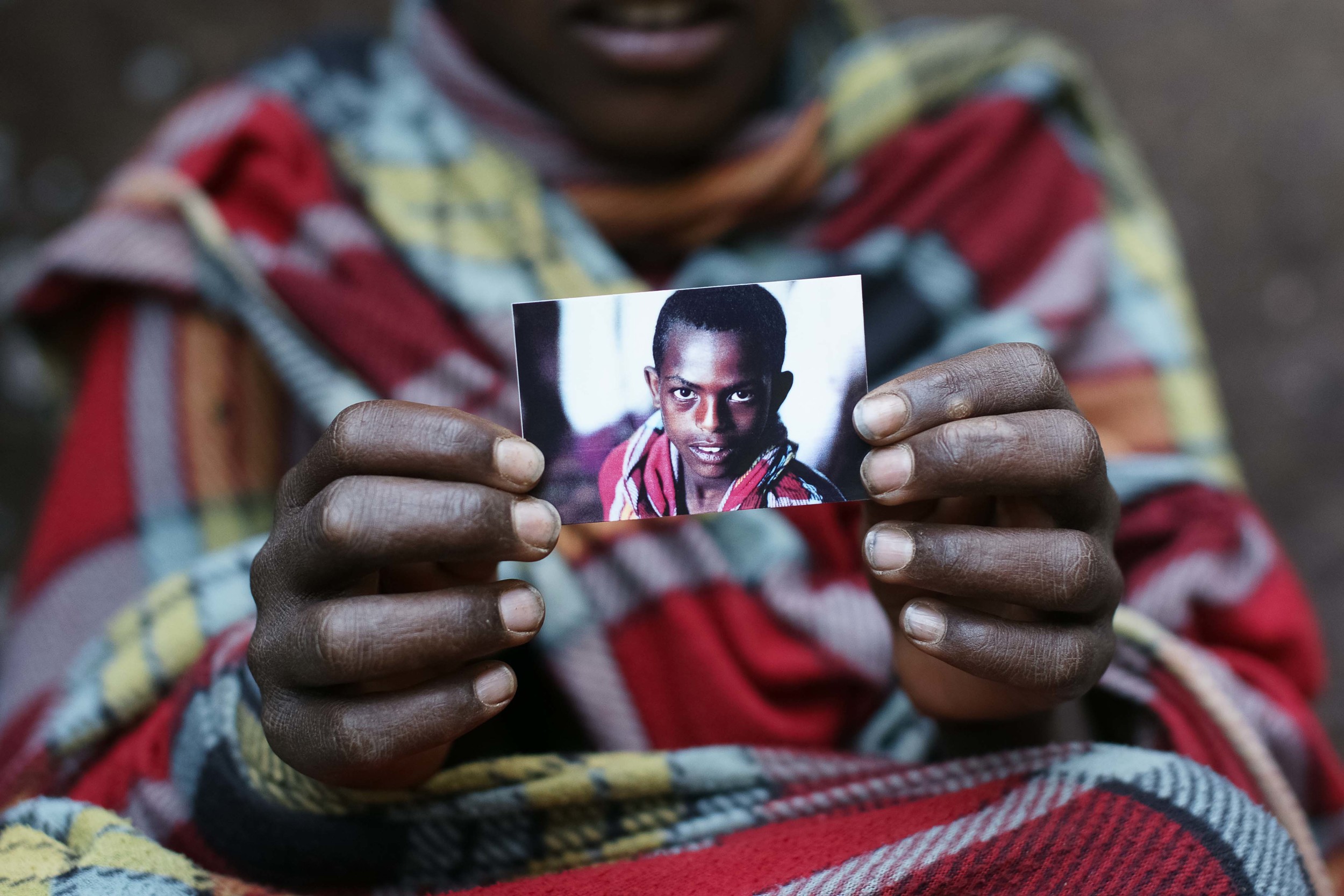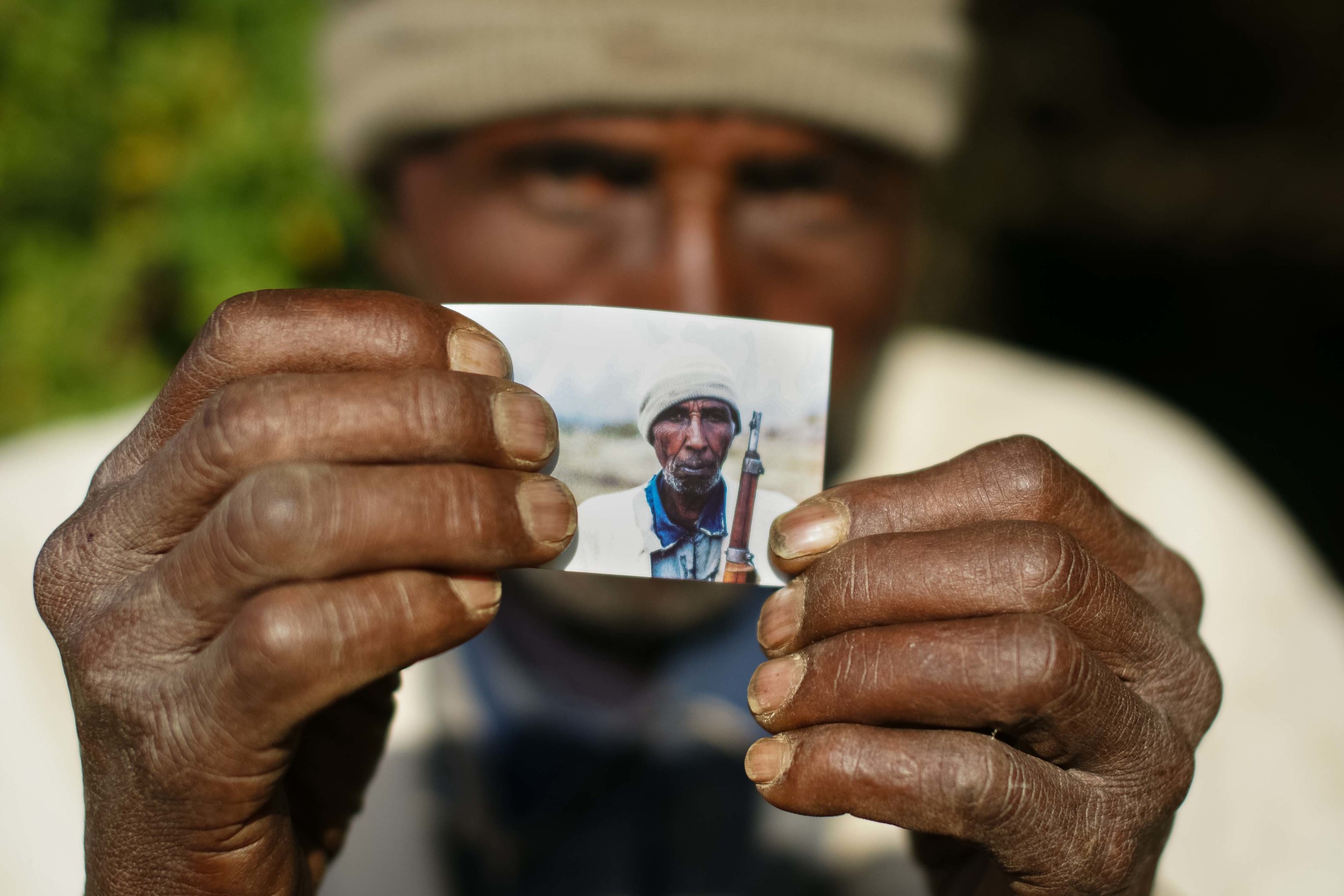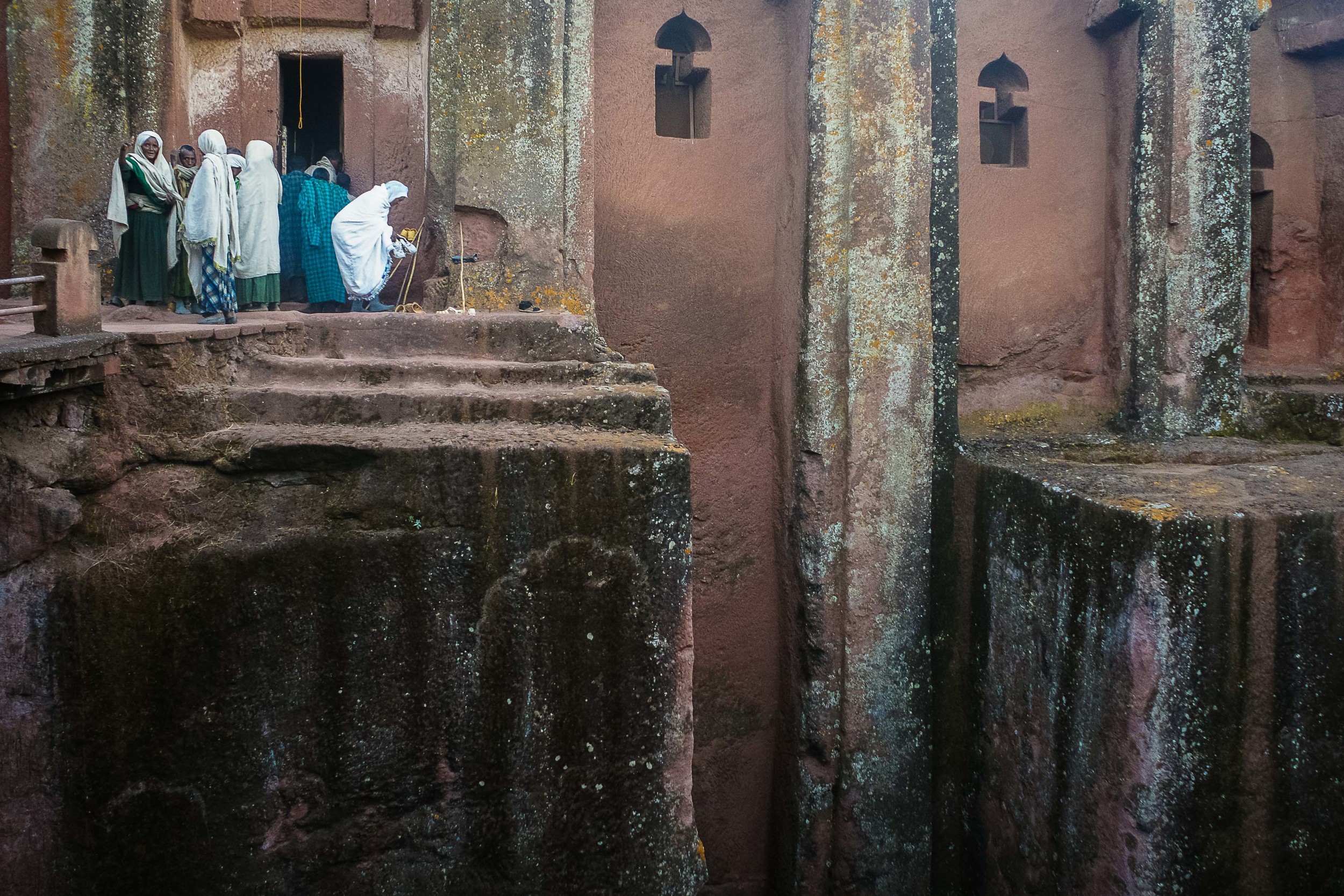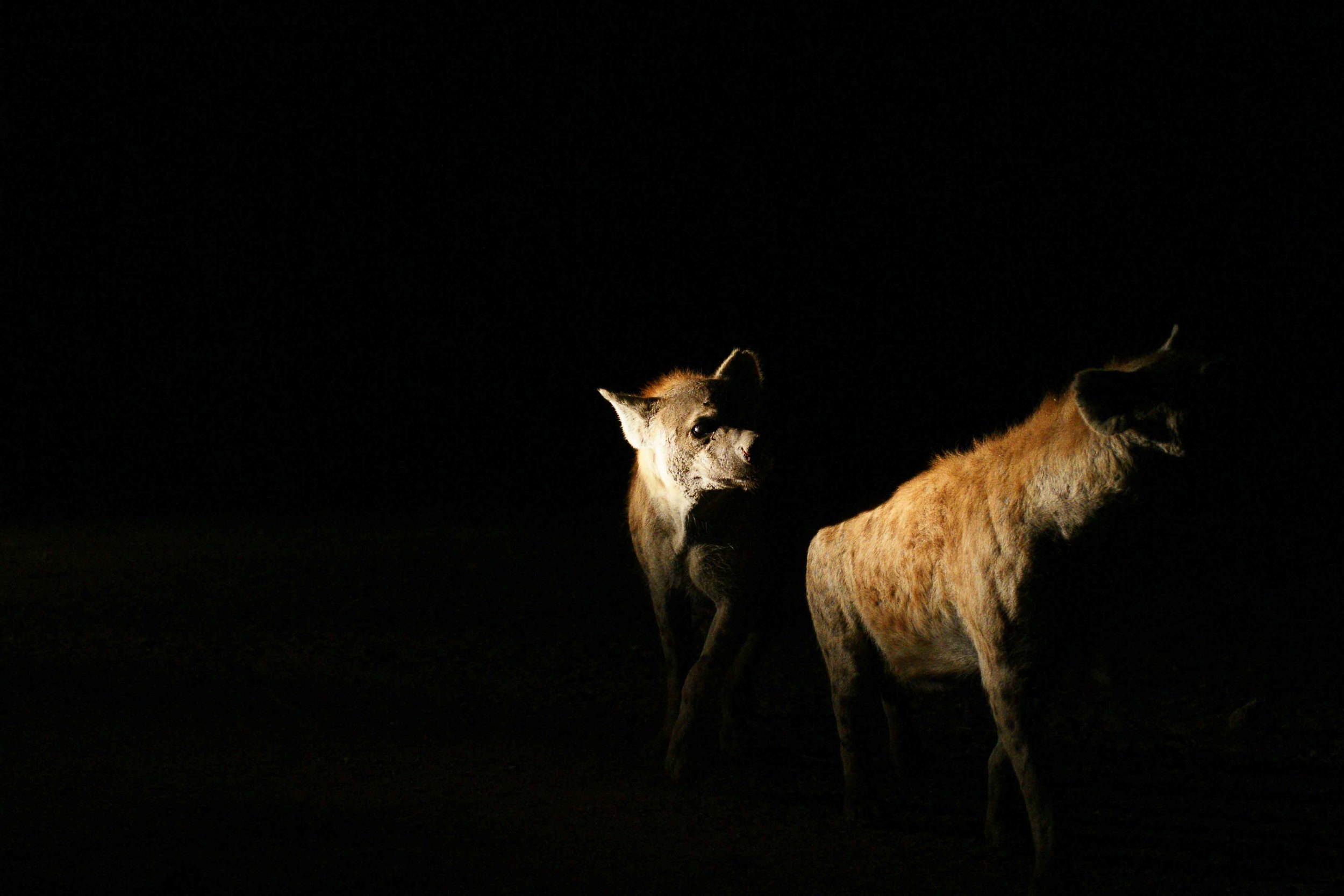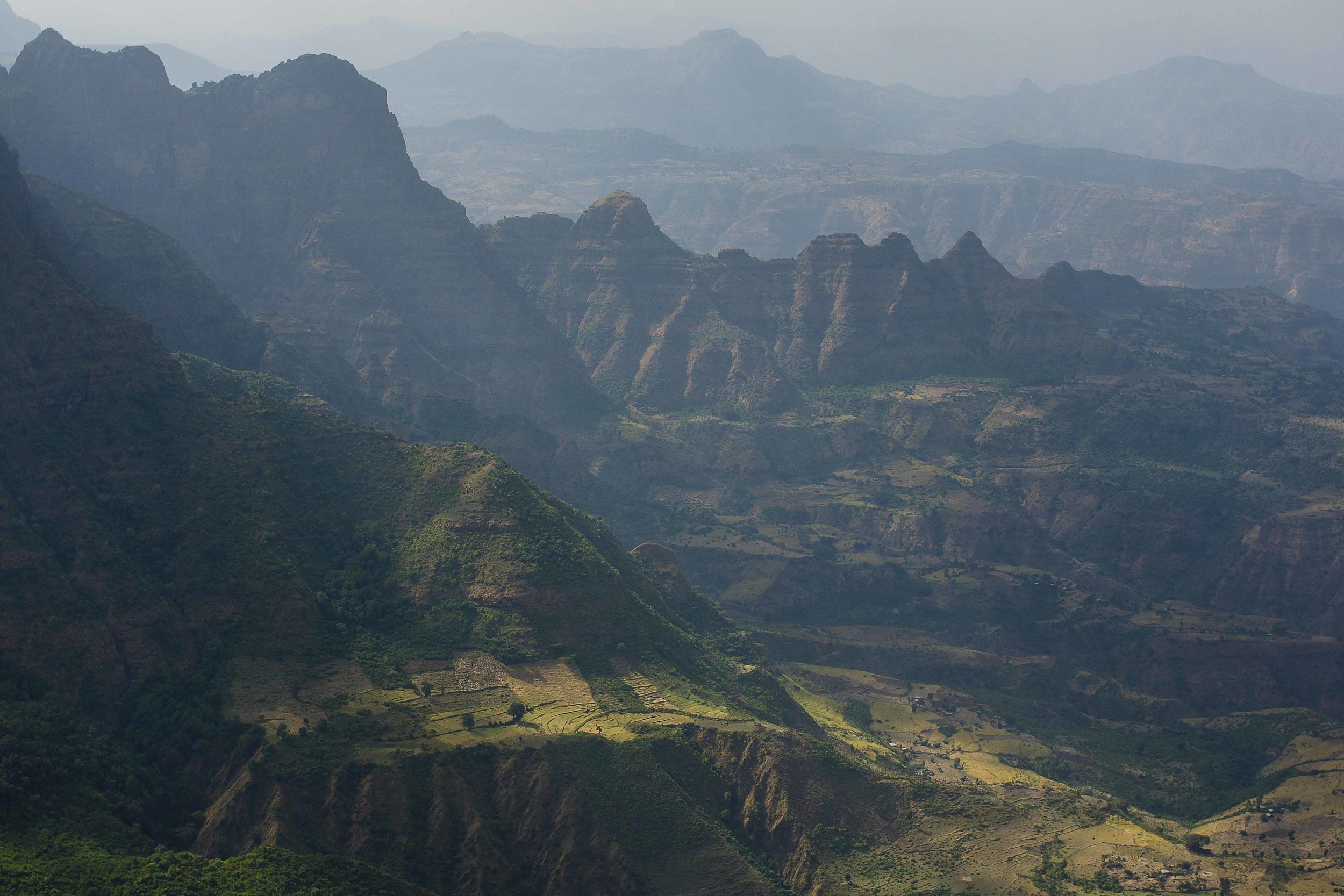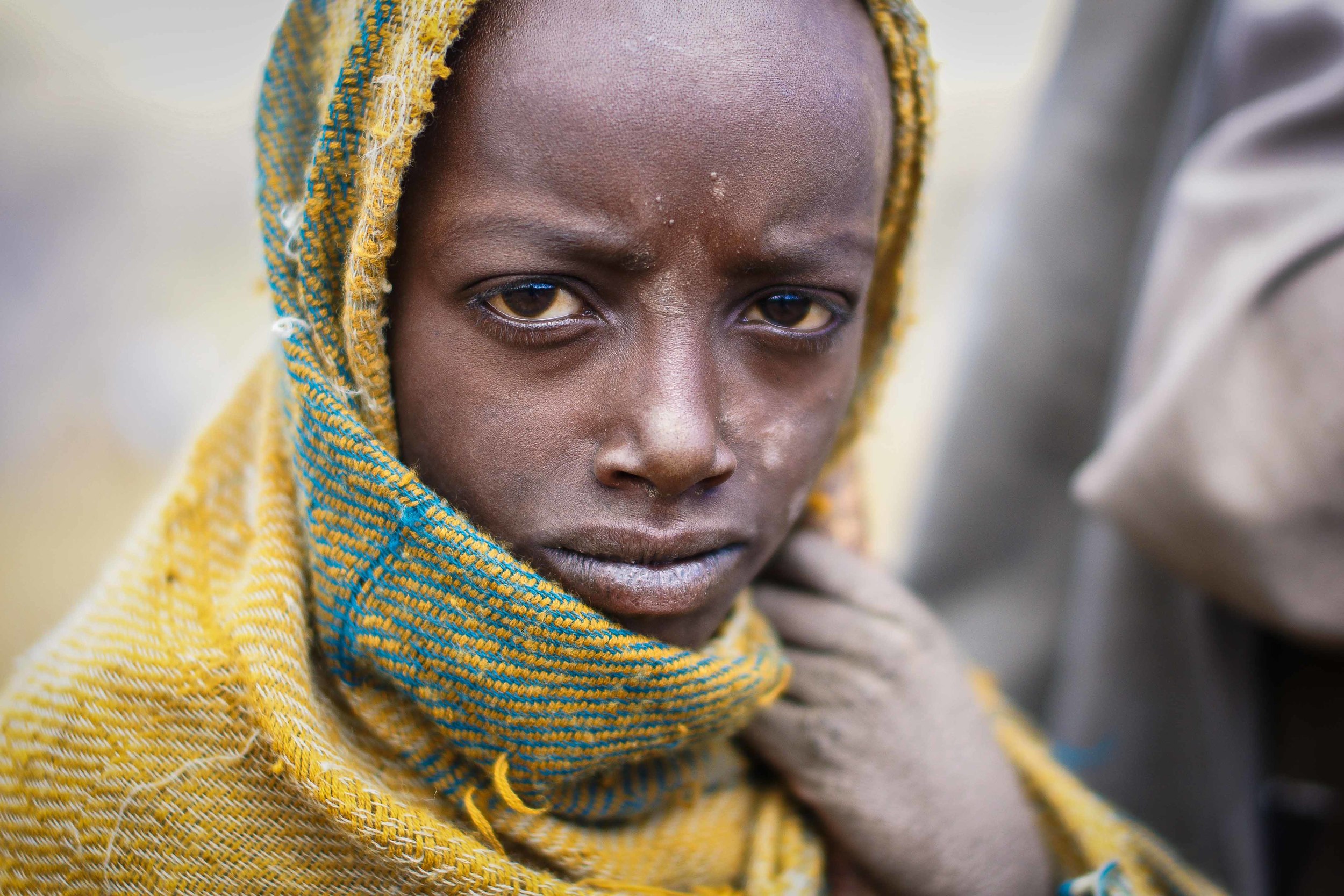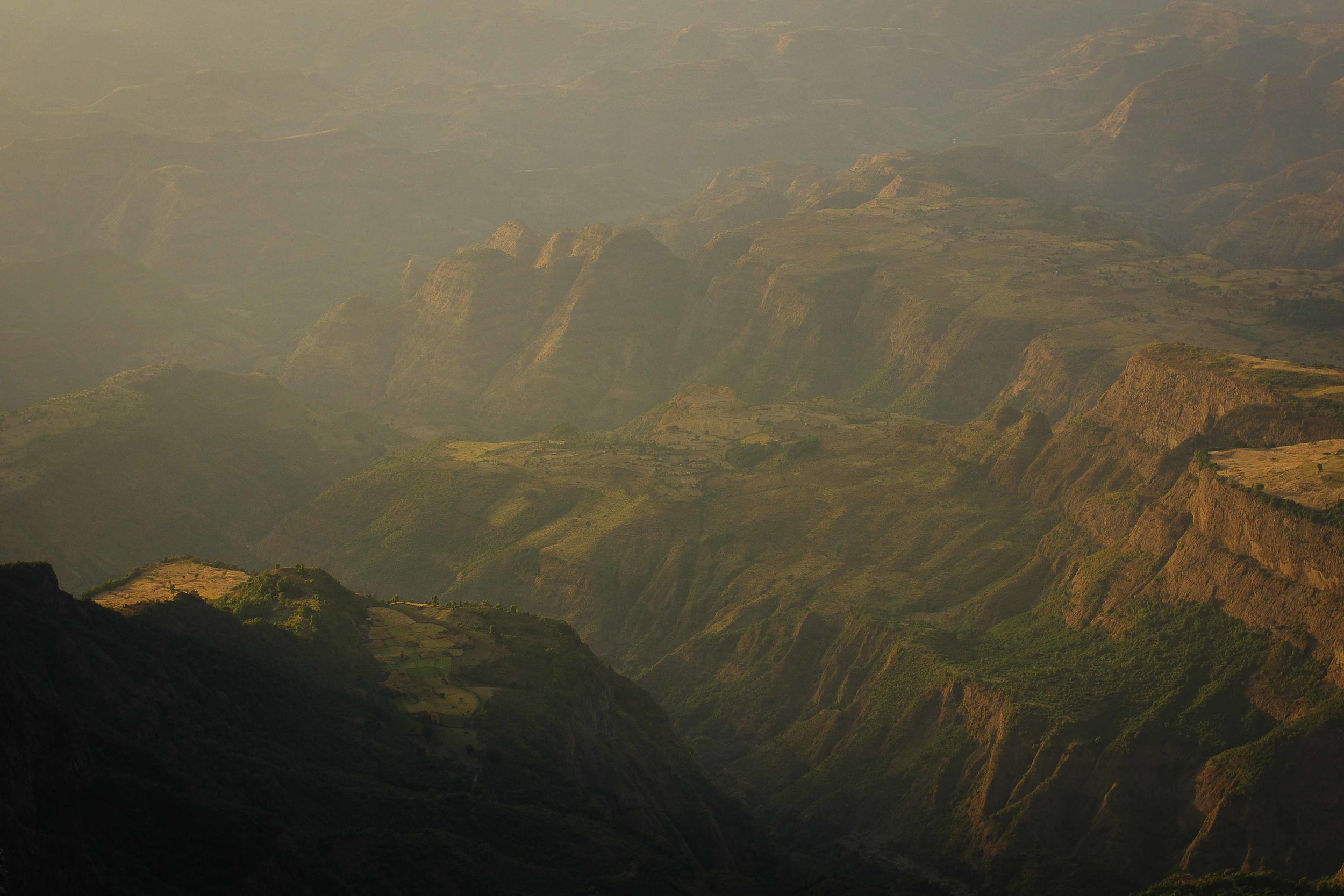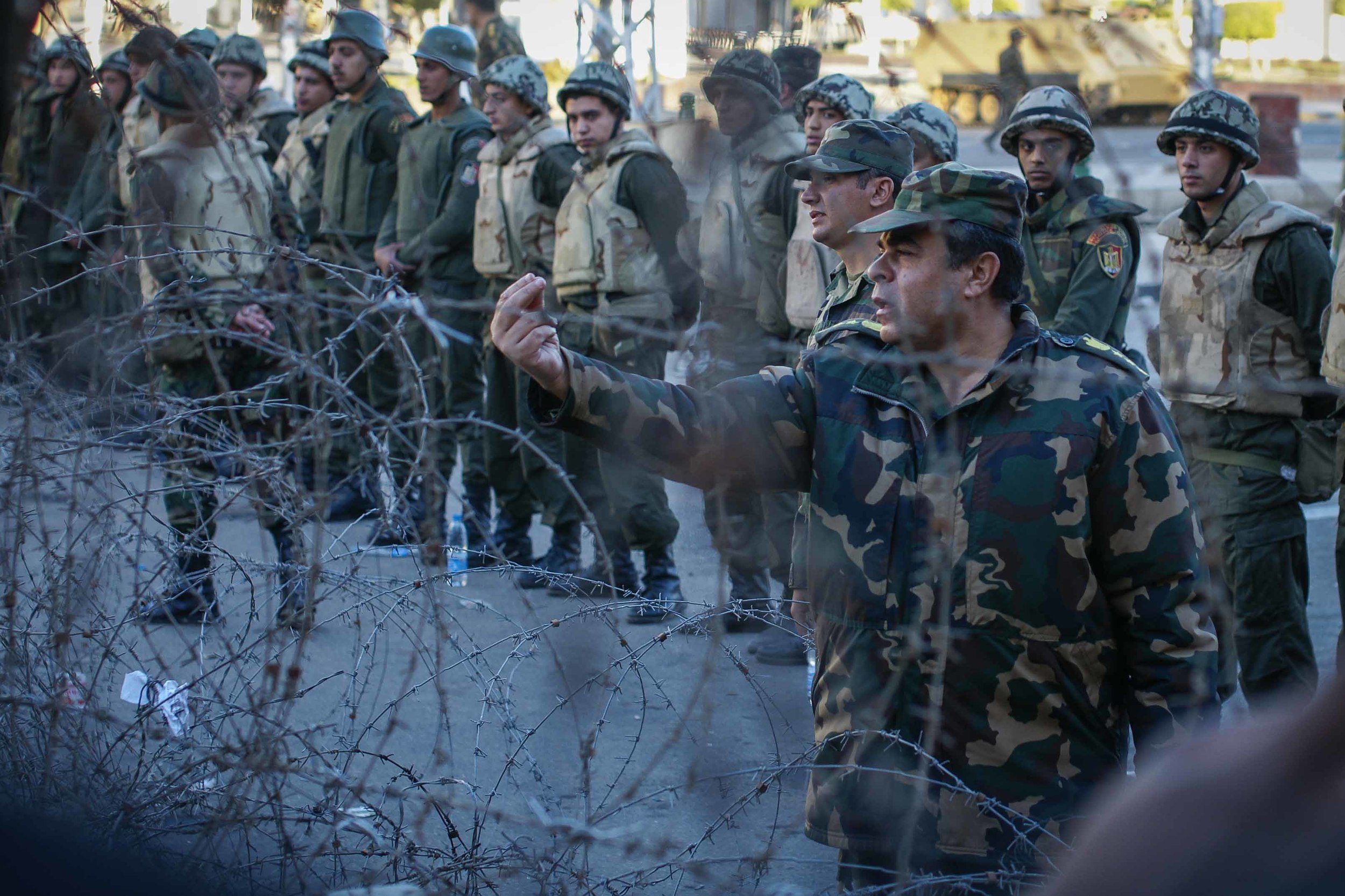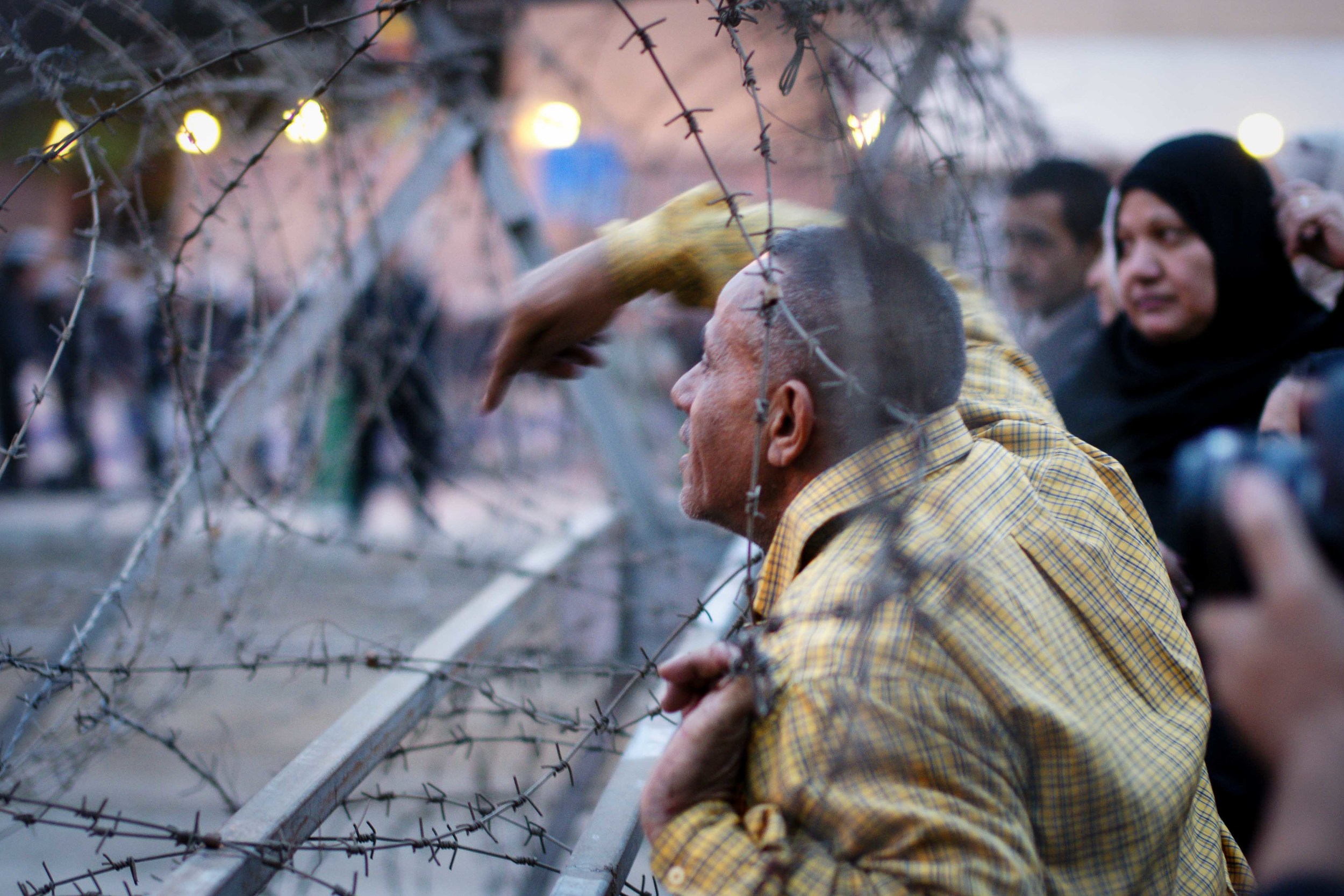BIO/WHY I SHOULD WIN: The moment I finished university, I packed up and moved to Egypt. I took a job as a history teacher to put money in my pocket. My goal was twofold: to experience the unexpected realities of revolution, and to become one of the few employed philosophy majors in existence.
I got sucked into a place that overwhelmed my senses in every possible way. The sights, the smells, the shapes, the stress all meshed together into an absorbing existence that made little sense until I told it as a story. Travel has always helped me understand my own place, and writing shares that journey with others.
And I want to keep sharing.
This opportunity would give me the chance I need to fully immerse myself in the craft.
I want some hard, honest words from someone who’s been there and knows it. I want my ideas battered, swatted, pummeled and punched until they emerge as a great story.
Or collapse in on themselves. But let’s hope for the former.
I tell my students they need to do what they love. For me, it’s writing and taking photos. I’ve spent the last couple of years teaching. Now, it’s my time to learn more.
"I'm an inventor," he told me. His hairy fingers gripped fresh green almonds. Bits of salt spotted the green like the grey spotted his black hair.
"What have you invented?"
"A water pipe that you don't smoke. You use cough syrup." A better answer couldn't have come from a polyester-suited Syrian who sped around town on an electric scooter.
"Really?"
"Really. Almond?" Hand thrust forward, he munched and thought, crunched and pondered. "Come with me for dinner."
In the thumping heart of Hama, Syria, the arteries pushed through car after car, horn after horn.
"Don't be scared- I do this all the time," he assured me as he readjusted the mirror on the left side, bent freshly from hitting a stopped car.
We flitted and jolted through the bloodstream.
"We'll meet my friends," he said as three men sauntered over to the scooter.
'Stayin' Alive' by the Bee Gees played in my head as the trio strutted ahead of me, pleated legs swaying and glances swerving. Nods given and hands gripped, these men were movers, and judging by their gait, shakers. They ran the town with their swagger alone. They knew a place. A friend's. Good food. Welcome. Welcome to Syria.
I'd been given lessons earlier in life about table manners. You never know when you'll be eating with the Queen, I was told. Tonight I was eating with the Kings of Style. Convention was tossed out.
"Try the salad. With lemon- no. Like that. Did I tell you my brothers and father were killed here almost 30 years ago? Ah- try this humus. Use the bread."
We danced for the whole dinner, sidestepping and twirling away from talk of the town’s dark past, bullets, and green cough syrup. The bill couldn't have come at a better time, and the expressions couldn't have been more worrying. The inventor scrunched his forehead, the hair-helmet moving as one. He called over the owner. They talked.
"There has been mistake- he is not my friend now. There is no discount." A bill landed on our plates.
"So sorry. Please, let me take you for tea." We indulged him.
Sipping warily, he excused himself to the toilet.
"Your friend has left without paying," a beanstalk of a waiter sidled up to the table. We'd lost our man.
Maybe the embarrassment of not getting a discount had made him flee. Maybe an epiphany about his invention had caused him to take flight. Or maybe the coiffed inventor had played us. The King of Style had struck again and somewhere on a dark road, the lyrical notes of a time passed, played to his strut.








